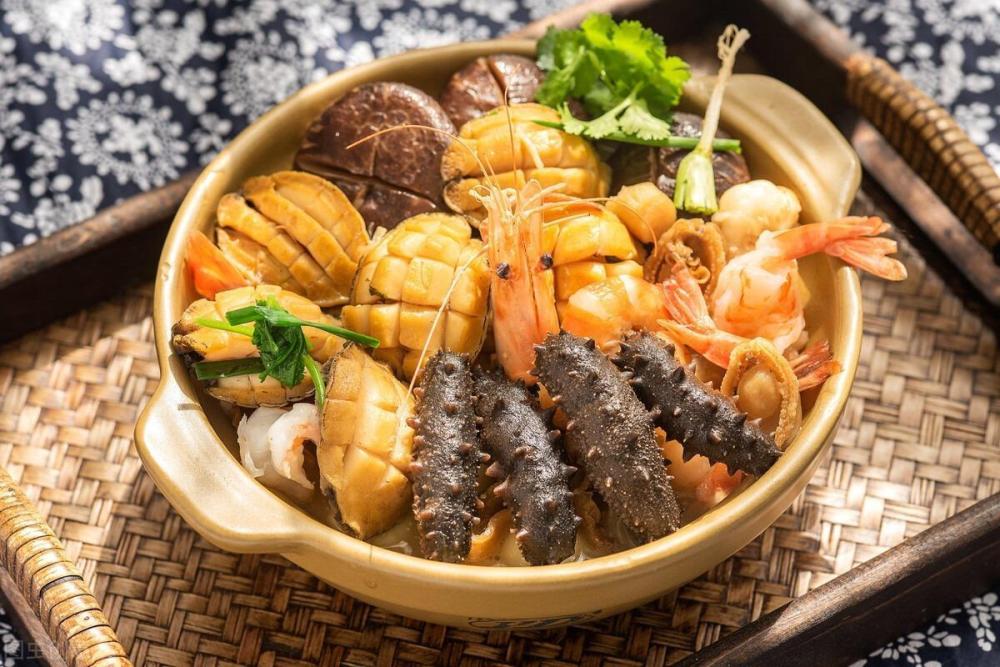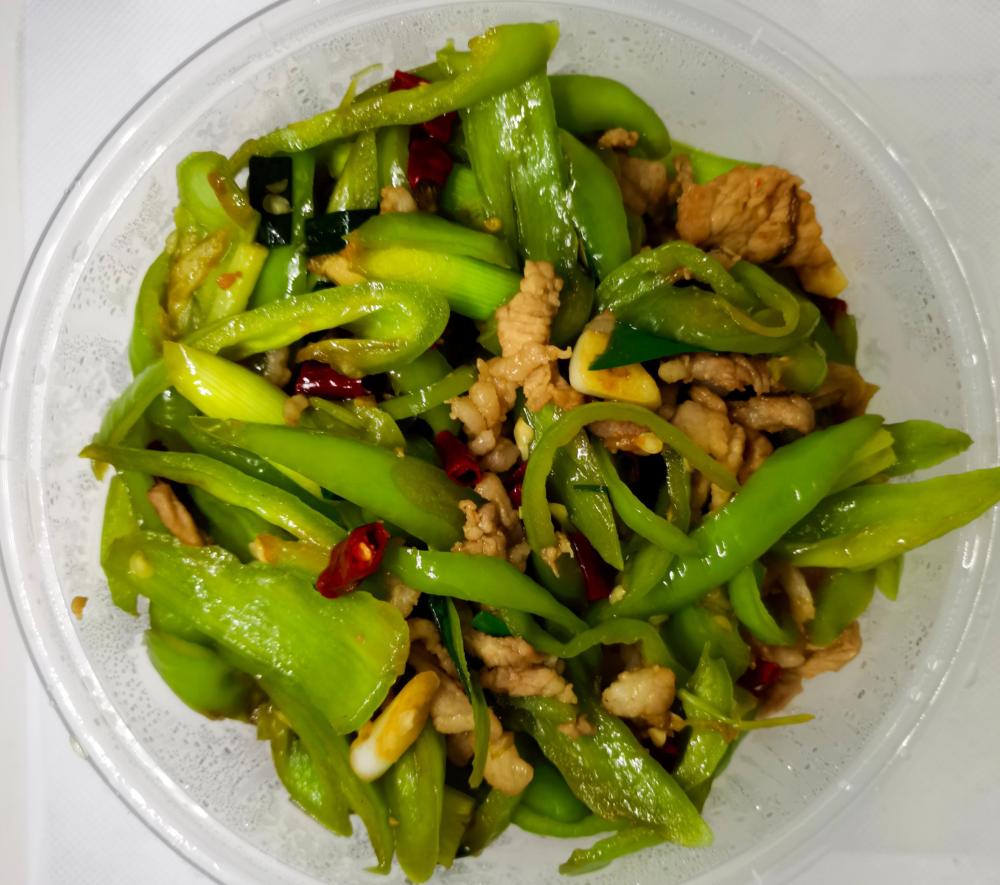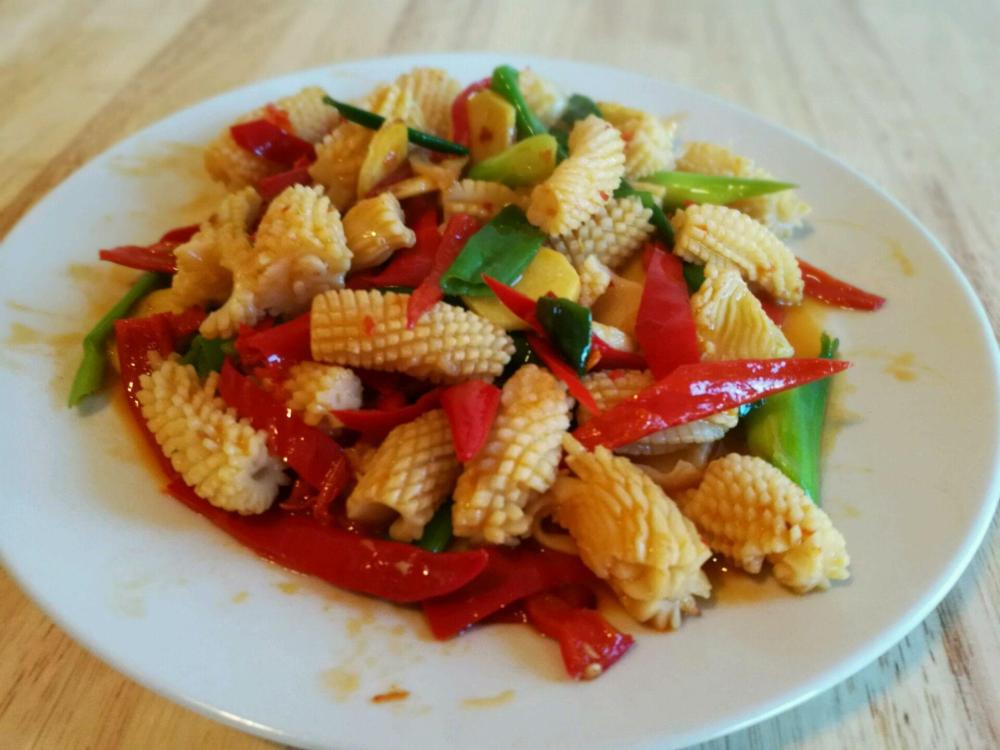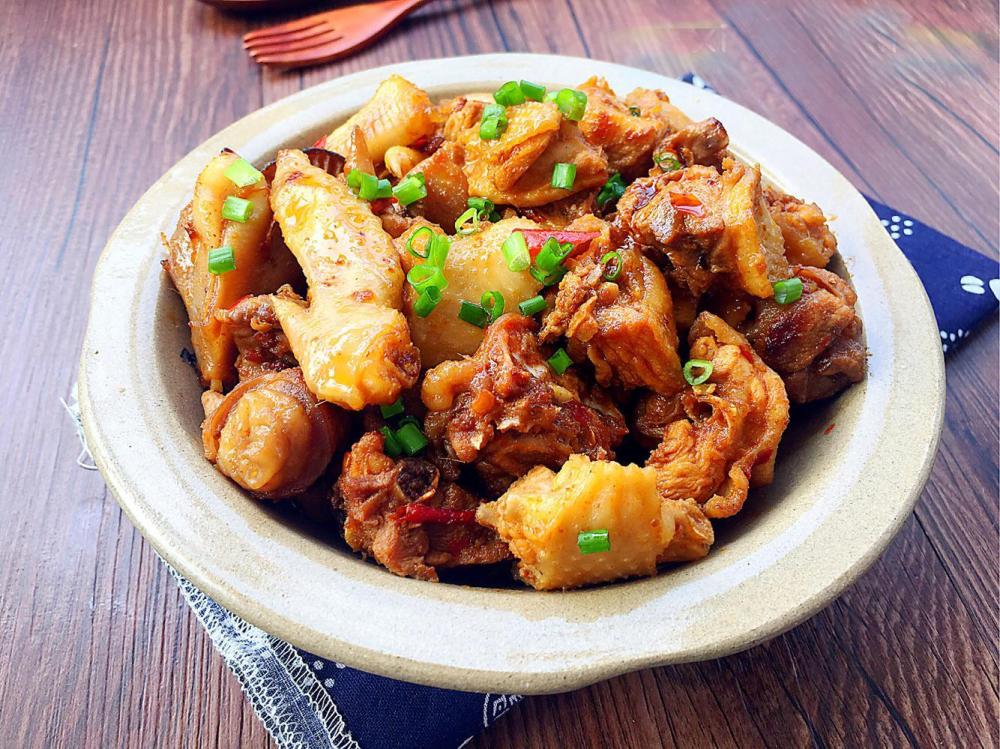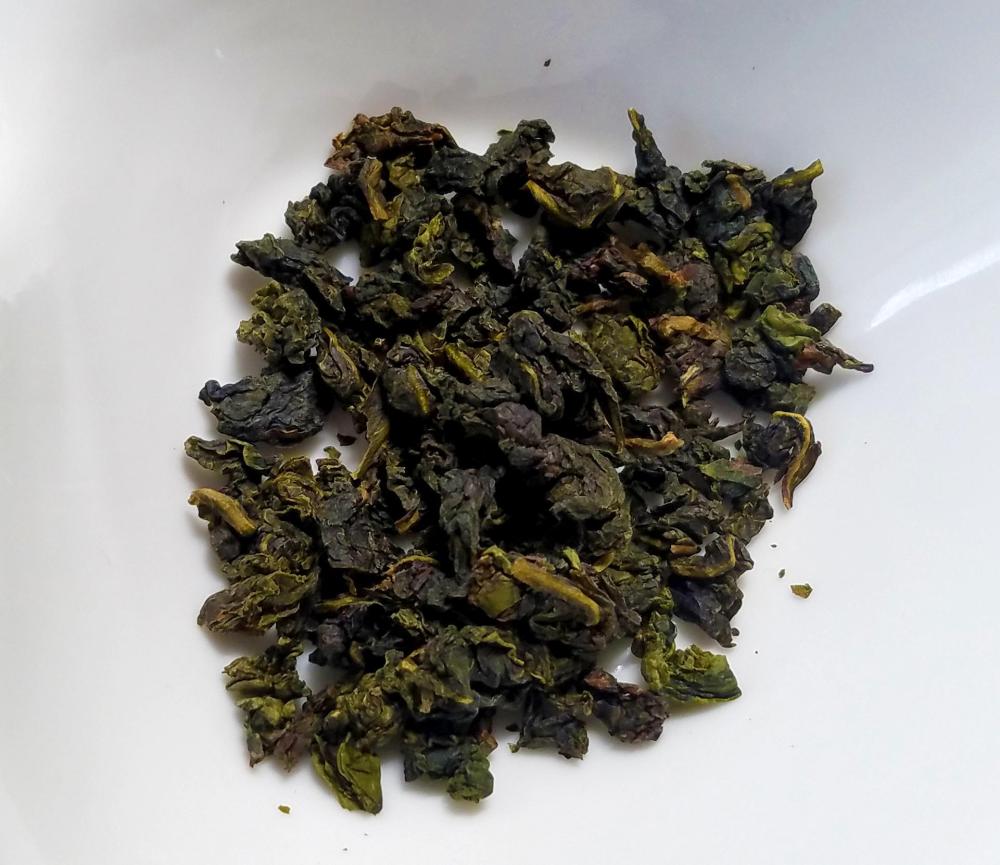闽菜(mǐn cài) – Fujian (福建) Cuisine
Staying in the east of China but moving to the south-easternmost corner we find Fujian Province. It borders the provinces of Zhejiang to the north, Guangdong to the south-east and Jiangxi to the west and faces Taiwan to the east across the Taiwan Straight to the east. The capital is 福州 (fú zhōu), Fuzhou on the coast along with 泉州 (quán zhōu), Quanzhou city to the south. Finally, we have the beautiful city of 厦门 (xià mén), Xiamen, formerly known as Amoy completing the trio of coastal cities.
Moving inland we find a mountainous, wooded interior. This combination of mountain and sea helps define the province’s cuisine. The sea obviously providing seafood and the mountains bringing wild game, mushrooms and other wild plants to the table. The coastal area also means that Fujian has been an important maritime trading centre for centuries. This has exposed it to ‘exotic’ spices and other ingredients from India, Arabia etc.
The abbreviated name for the province comes from it being known as the Kingdom of Minyue (閩越 - mǐn yuè) in c334-110 BCE. The Min language is spoken by around 80 million people, mainly in Fujian and in Taiwan but also around other provinces, as well as SE Asia. I’m told there is a Min-speaking community in New York City.
The cuisine is noted for clear soups, light flavours, unusual ingredients and crisp fried food.
The most celebrated but unusual Fujian dish is undoubtedly 佛跳墙 (fó tiào qiáng), Buddha Jumps the Wall, referring to the myth that it is so delicious even Buddhists would break their vows for a bite. At its most elevated this dish takes three days to make and has a minimum of thirty ingredients.
These include abalone, king scallops, sea cucumber, fish maw, crabmeat, shark’s fin, shiitake, chicken, duck, tripe, pork tendons, poultry gizzards, pigeon eggs, bamboo shoots, Jinhua ham, ginseng, innumerable herbs etc. They are all cooked individually to perfection then assembled in a serving pot and finished with a rich chicken broth. Not something to rustle up on a school night. Obviously this is a dish meant to impress and attracts sky-high prices.
Radically simplified versions are available but the cheapest I can find locally costs 75元 / $10.50 USD per serving. To put into perspective that’s about three times what I normally pay for a dish in a restaurant. The elevated version requires the host to have enough loot to cover my entire year’s dinner budget.
President Xi has banned the dish being ordered at government banquets to reduce waste of public money and ostentatious stupidity. I’ve never had it nor ever will. Shark fin collection is cruel and sea cucumbers are disgusting.
Buddha Jumps the Wall - Image news.ifeng.com
At the other end of the scale is a dish I make often. 青椒肉丝 (qīng jiāo ròu sī) is a simple dish of pork slivers with fresh green chilli peppers. The meat is fried with garlic and ginger, the peppers added along with a splash of Shaoxing wine and a dash of soy sauce and that’s it. In a restaurant I would pay maybe 14元 / $2 USD and that would include rice.
Pork with Green Chilli
酸辣烂鱿鱼 (suān là làn yóu yú), hot and sour squid is another personal favourite. 黄焖田鸡 (huáng mèn tián jī) are frogs boiled in wine and a popular Min dish, as is 鸡汤汆海蚌 (jī tāng cuān hǎi bàng ), sea clams cooked in chicken broth.
Hot and Sour Squid
Another unusual dish on the Fujian menu is 红糟鸡 (hóng zāo jī), chicken cooked in red rice wine. The wine is made with rice deliberately infected with a parasitic red yeast, monascus purpureus. This rice is also used to make red vinegar, which originated in Fujian, although now the neighbouring province of Zhejiang is the largest producer.
Red Wine Chicken
There are innumerable Fujian seafood dishes. With a local catch of hundreds of fish species, they aren’t short of choice. Fish are usually cooked simply to preserve their natural flavours. Steaming is the most common cooking method.
Xiamen food is a delight (it’s the only part of Fujian I’ve visited). Favourites are 沙茶面 (shā chá miàn), roughly satay noodles. These mildly spicy wheat noodles in broth can be served with a selection of add-ons including shrimps, squid, pork belly meat, pork offal, mushrooms and bean sprouts. 虾面 (xiā miàn), shrimp noodles are also common.
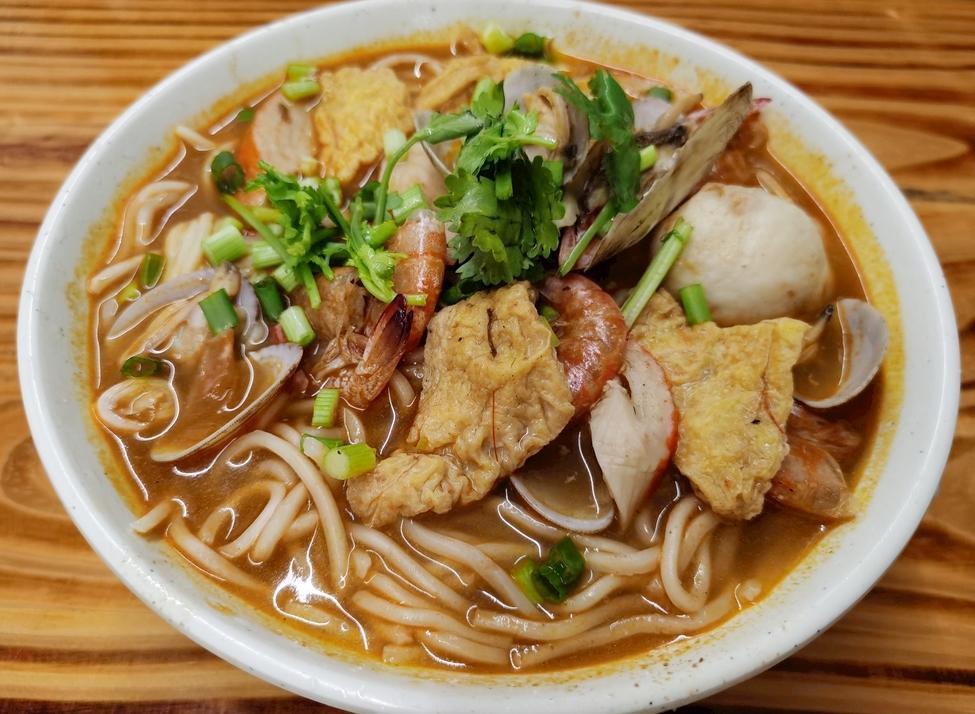
Satay Noodles
If you are in Xiamen and of the Buddhist persuasion, don’t jump over the wall but head to 南普陀寺 (nán pǔ tuó sì), South Putou Temple, a large 1,000 year old Buddhist temple in the south west of Xiamen Island for some 素馅饼 (sù xiàn bǐng), vegetarian crêpes. The Temple is at 515 Siming South Road, Siming District, Xiamen 361005 and open from 3 am to 6 pm. Entry free.
Meat crêpes are available all over the city for those who don’t suffer from vegetarianism.
I could spend the next few months describing Fujian’s many dishes, but for now, I’ll just finish by mentioning that the province is the home of 铁观音茶 (tiě guān yīn), Tieguanyin tea, a prized type of 乌龙茶 (wū lóng chá), oolong tea. In fact Fujian has a number of renowned teas such as silver needle white tea, black lapsang souchong and more.
Tieguanyin tea


